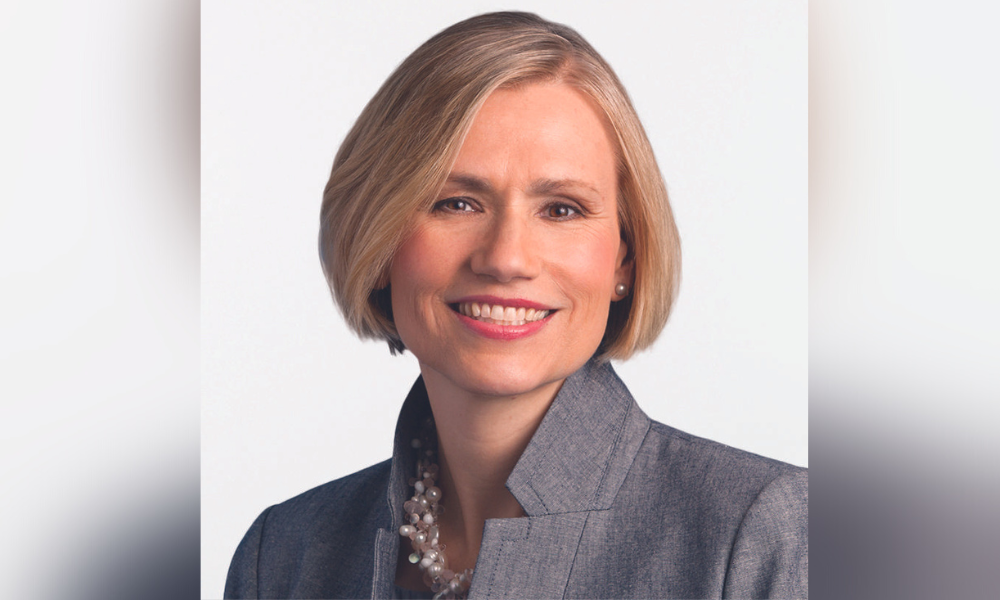'I believe we're far closer to the bottom than the top', says chief market strategist

One market strategist is finding reasons to be optimistic these days, despite all the gloom and doom
many investors and financial markets are expressing about rising inflation and interest rates and an impending recession amidst the seventh pandemic wave.
“I find the current global market environment to be overly pessimistic,” said Kristina Hooper, Invesco’s chief global market strategist.
“Two years ago, we were in the throes of a global pandemic and were unsure if there could be an effective vaccine developed against COVID ever, let alone in the near term. We’re in a much different place today.
“Of course, it’s not ideal to have such a high level of inflation and aggressive tightening underway for many developed market central banks. But, I’d argue we are in a far better place than we were two years ago.”
Hooper has found seven reasons to be optimistic.
First, although global supply chain pressures are still elevated, they are easing. Most of the recent decline has been because China supply delivery times have improved after the recent lifting of many cities’ COVID lockdowns.
Commodity prices are declining, too. The Goldman Sachs Commodity Index is down 19.92% from its March 8 peak. The Bloomberg Commodity is also down 16.94% from its June 9 peak. That’s expected to moderate the rate of increase in the goods part of the US Producer Price Index, which she said means “goods inflation is also likely to moderate sometime soon”.
Third, even though the consumer price index (CPI) has continued to climb more than anticipated, Hooper noted that its service portion may be moderating. It only increased by 0.4% month over month and the index for services for intermediate demand remained unchanged in June, after seven consecutive advances. So, she took that as a good sign that the CPI climb may be turning the corner.
Longer-term inflations expectations are also becoming better anchored. Hooper noted that several recent surveys have shown that, while there was an increase in one-year inflation expectations, there was a decrease in three to five-year expectations. She noted that the surveys confirm that longer-term inflation is “becoming slightly better anchored, which arguably could provide the Fed with the cover to not tighten policy so significantly that a recession ensues.”
Fifth, China’s economy is beginning to rebound. While its second-quarter economic growth was disappointing with only 0.4% year-over-year gross domestic product growth because of COVID lockdowns, June saw a solid rebound as pandemic restrictions were eased.
“We continue to expect an economic recovery in the second half, led by industrial production and infrastructure investments, due to pro-growth policies,” said Hooper.
China’s COVID situation is also improving. Cities have reopened and economic activity is improving. But, there are concerns that wide-scale lockdowns could reoccur with the recent rising infection rates. Hooper doubted that would happen, given that China’s COVID policy has evolved so there’s daily COVID testing and smaller neighbourhoods, rather than larger geographical areas, could be locked down. That allows policymakers to quickly contain increased infections before they spread.
Finally, Hooper said, “when pessimism permeates markets, positive surprise can be more powerful.”
Although stocks are down, and could slide more, especially given that earnings expectations could also be adjusted downward, she is optimistic.
“I believe we are far closer to the bottom than the top,” said Hooper, “and meaningful positive catalysts could present themselves in coming months.”



